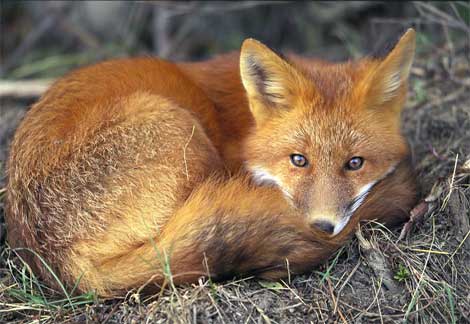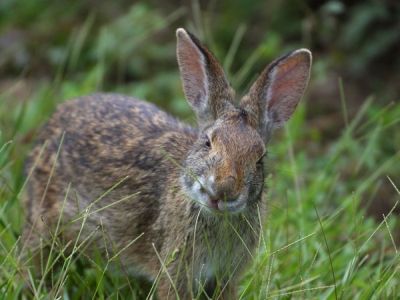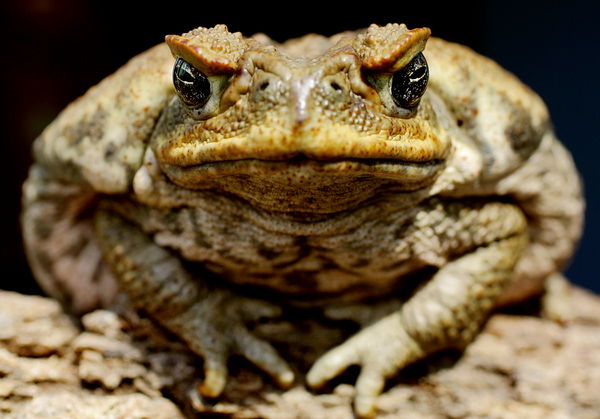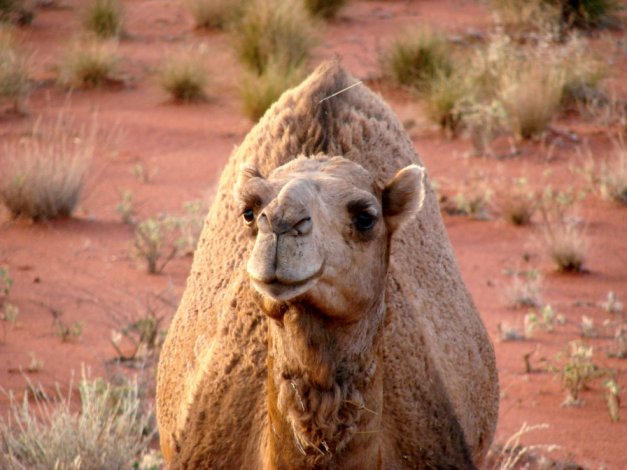






Rabbits are said to be Australia's number one pest as 7 of these rascalls can eat in a day what one sheep eats. Because they breed like rabbits it no time flat they have eaten their way across this continent. In other words these blighter's are causing major havoc to the land and the unique flora and fauna and must be brought under control sometime soon. The the myxomatosis virus was a success for a good while but unfortunately the rabbits built resistance to this so the research goes on.
Introduced Pests to Australia!
The European fox was introduced into Australia in the early 1870s for recreational hunting purposes. The spread of the fox closely followed the distribution of rabbits across mainland Australia. Today, foxes are found in most areas of the mainland south of the tropics and, unfortunately, are even believed to have been deliberately released in Tasmania.The fox costs australia millions in agriculture a year and that is nothing compared to the cost of what they do to the natural fauna and flora.
The Cane Toad was introduced into Australia in 1935 to eradicate the scarab beetles, which was another introduced pest that is now also causing problems. When cattle were brought to here the dung was accumulating on top of the soil. Scarab beetles had to be brought into Australia to assist with the breakdown of cow dung. The decomposition also helped fertilise the soil. Back to the Cane Toads, they failed miserably at controlling the beetles but wee great at reproduction as they adapted to the Australian climate and vegetation. Roughly 3,000 toads were released throughout the sugar plantations there number today is well into the millions, this is because they have no predators and please God don't bring one in to cause more problems elsewhere. They are causing major destruction to native fauna because of its toxic skin kills many when ingested. The venom from the adult cane toad is fatal to another very poisonous animal, the Australian Death Adder. So much so that it has been seen locked in the jaws of the death adder, killing both animals.
Camels also are doing a significant amount of damage where they eat virtually everything, they are nomad wanderers. These camels roam an area of 3 million square kilometres in Queensland, the Northern Territory, South Australia and Western Australia. Australia may now have the largest wild population of camels. Camels were introduced round 1840 and it is believed round 10,000 to 20,000 camels were imported to here. No one knows for sure when the camel first became feral down here but it is believed some escaped during the 'Bourke and Wills' expedition back in 1860. The Australian camels, roving in the only feral herds of their kind in the world are estimated to be in the number of between 500,000 and 700,000, are descendants of camels imported into Australia. And this came about as they were brought here to help with the laying of the foundations of a nation.

